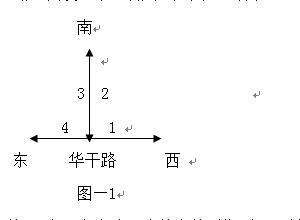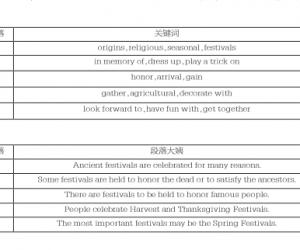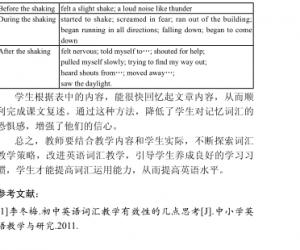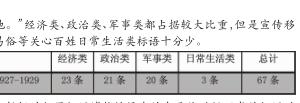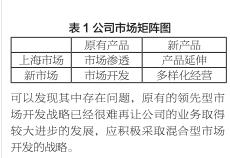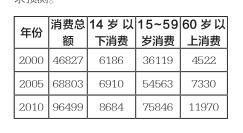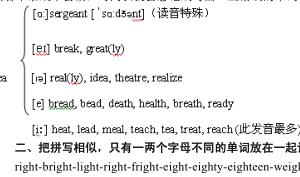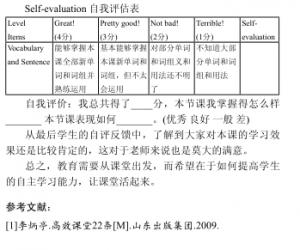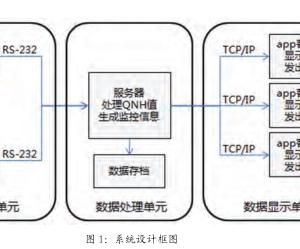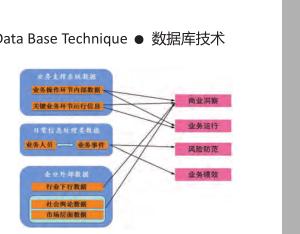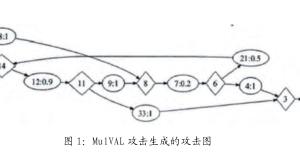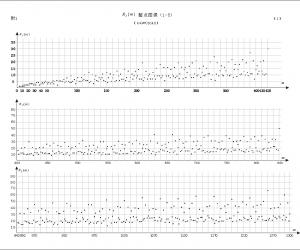The Application of Interactive Teaching Method in
The Application of Interactive Teaching Method in
Higher-vocational College English Teaching
——Textbook Fun with English Book 2,Section 2,Unit 1 Text A as an Example
广州科技贸易职业学院/廖旺兰
【Abstract】This paper explores the effect of interactive teaching
on students’cooperative ability,competitive ability,positive
emotion and creativity as well as their integrated language
capability,thereby promoting the effective implementation of
interactive teaching method in higher-vocational college English
class.
【Key words】Interactive teaching; Higher-vocational college
students; English teaching
1 Introduction
The teacher-centered,text-oriented and grammar-translation
method are dominant in English class to a great extent,which
limits students’ development of English integrated language
capability.Such traditional teaching methods cannot have
students join in real interactive activity to get their language
integrated capability cultivated.But college English interactive
method,which features the interactive cooperation between
teachers and students,and among students themselves,can correct
traditional teaching methods’shortcomings.
2 An introduction to interactive teaching
Interactive teaching is a teaching method,in which the
teacher and students interact and communicate harmoniously
with each other and give impetus to each other,and in which
an interactive situation is developed between the teacher and
students,among students,or between learning individuals and
teaching mediator,thus,helping to improve teaching efficacy
(Rivers,1987).
Both teaching side and students should interact fully in
order to create the atmosphere of initiative study,exploration
and innovation,which can help students develop intellectual
potential,improve overall quality and cultivate their creative
spirit.Interaction needs both the teacher and his students to
have the interest of communication and concentrate their
attention on information they are receiving and conveying (Ma
Dongmei,2004).
Interactive teaching is different from traditional teaching
method.The former makes students centered and their
initiatives given full play in class.Through various forms of
interaction,students can gain knowledge,improve their integrated
language capability and cultivate their ability of cooperation and
competition,as well as the positive attitude.
3 The application of interactive teaching method
A text An Interview with David Copperfield is chosen
from Section 2,Unit 1 of the textbook Fun with English Book
2,published by Beijing Normal University Press. Here the author
takes this passage as a sample plan based on the interactive
teaching method to show how to apply this teaching method to
higher- vocational college English teaching.
3.1 Goals of the teaching plan
(1) Knowledge objectives:
To know about Chinese and Western arts and culture;
To master the key language points and grammatical
structures in the text; and
(2) Skill objectives:
To foster students’reading comprehension ability; and
To cultivate students’cooperative and competitive ability.
(3) Affective objectives:
To develop students’ interest in reading comprehension.and
To cultivate students’ positive emotion and creative spirit.
3.2 Contents of the plan
There are five steps in this plan for the text,and each step
explains the operations in detail during the teaching process.
Step 1 Creating contextThe teacher requires each group to show their achievements
prepared before class on the background information of the text,or
the famous magicians at home or abroad they like best to create
context for leading to a new lesson.This step aims to arouse
students’learning interest in class.
Step 2 Autonomous learning
Given sufficient time and around teaching goals,students are
required to learn new words and phrase independently,then read
the text fast in order to get the general idea and get through the
related exercises.While doing these work,they can take note on
problems met in learning,and the teacher observes their learning
act and gives guidance when necessary to keep their autonomous
learning run smoothly.This step aims to make students construct
their knowledge automatically,cultivate their sense of initiative
learning and lay a foundation for cooperative learning.
Step 3 Cooperative learning
The ways of learning this text is to carry out interactive
activity which makes students teach each other.The teacher is the
guide,supervisor,booster and judge in this section.
Group discussion
The teacher divides the whole text into several parts
and assigns one part for each group.There are some
requirements for conducting this activity according to
the teaching goals.First,the content of explanation should
include language points,translation,main idea and so
on.Second,the forms and methods of explanation can be
decided freely such as acting,translation,asking and answering
questions,demonstration,and so on.Third,explanation should
be made clear and interesting.In order to win and get higher
marks,creative ideas are welcome.Fourth,explanation should be
made in English as more as possible.Fifth,the showing group
should act as teachers,be confident and be natural in front of other
groups.Last,the division of labor is clear-cut.All members in the
group are charged with specific responsibilities.In addition,a
leader is needed in each group to organize and take the full
responsibility of this activity.The difficult questions can be
collected by this leader and he can ask the teacher for help.The
explanation of the text will be started after thirty minutes.Within
the given time,the member can discuss with each other,determine
the best plan and cooperate to complete the task with a clear
division of labor.
Intergroup communication
First,each group takes turns to report on the platform
according to the order of the text.In the meanwhile,other
groups should listen carefully and take down the important
points,difficult parts and try to find out their strengths and
weakness.
Second,after the performance,each group takes turns to
answer questions raised by other groups.The teacher makes some
supplement and correction when necessary.
This step aims to help students construct their knowledge by
teaching themselves,and cultivate their integrative,cooperative,co
mpetitive,creative ability.
Step 4 Assessment and induction
Each group and the teacher vote for three excellent groups.
The teacher gives comments on each group’s performance,and
decides that excellent groups get 5 marks and other groups get 3
marks.
Inducement
According to the knowledge objectives,the teacher guides
students to induce the main idea,language points,structure of each
paragraph in the text.
This step aims to make students feel the justice and fairness
of assessment,and bring their subjective initiatives into full play in
the learning process.The teacher should give more encouragement
for them and point out their deficiencies at the same time.
Step 5 Extension and expansion
The following forms of tasks are only for reference.Each
group can choose one of them to finish or use other forms of
creative activity related to the topic of this text.The achievements
will be shown in the next class.
To retell the whole text.
To make an interview using the words and expressions in the
text.
To perform magic tricks.
…
This step aims to consolidate knowledge learned in
class,develop students’ strengths,and broaden their horizon.
4.Conclusion
On the whole,interactive teaching method can be very
positive and functional in improving students’ integrated
language capability of using English.It can also make students
sense the importance and cultivate their ability of cooperation.
In order to win in the competition,students will try to create new
ideas to make their achievements distinctive and characteristic.
Thus,their competition ability and creative ability are cultivated
tremendously.Their confidence increases and happiness are
brought out.And this can make an important contribution to their
formation of positive emotion.
References:
[1]Rivers,W..Interactive Language Teaching[M].Londo:
Cambridge University Press,1987.
[2]韩时琳.注重师生互动提高教学效果[J].中国高教研
究,2003,(4): 90-91.
[3]马冬梅.影响互动性交际中意义磋商的主要因素——二语习
得研究[J].外语与外语教学,2004,(7): 35-36.
作者简介:廖旺兰(1984-)女,湖南长沙人,硕士研究生,
教师,研究方向:英语教学。





